STORM LANDINGS
STORM
LANDINGS
EPIC AMPHIBIOUS BATTLES IN THE CENTRAL PACIFIC
Joseph H. Alexander


Naval Institute Press Annapolis, Maryland
This electronic book has been brought to publication with the generous assistance of
The United States Naval Academy Class of 1945
This book has been brought to publication by the generous assistance of Marguerite and Gerry Lenfest.
Naval Institute Press
291 Wood Road
Annapolis, MD 21402
1997 by Joseph H. Alexander
All rights reserved. No part of this book may be reproduced or utilized in any form or by any means, electronic or mechanical, including photocopying and recording, or by any information storage and retrieval system, without permission in writing from the publisher.
First Naval Institute Press paperback edition published in 2012.
ISBN: 978-1-61251-266-2
The Library of Congress has cataloged the hardcover edition as follows:
Alexander, Joseph H.,
Storm landings : epic amphibious battles in the Central Pacific / Joseph H. Alexander.
p. cm.
Includes bibliographical references (p. ) and index.
1. World War, 19391945Amphibious operations. 2. World War, 19391945Naval operations, American. 3. World War, 19391945Pacific Ocean. 4. Amphibious warfare. I. Title.
D773.A7 1997
 This paper meets the requirements of ANSI/NISO z39.48-1992 (Permanence of Paper).
This paper meets the requirements of ANSI/NISO z39.48-1992 (Permanence of Paper).
20 19 18 17 16 15 14 13 12 | 9 8 7 6 5 4 3 2 1 |
First printing
Frontispiece: The Wave Breaks on the Beach by Kerr Eby (courtesy of U.S. Navy Combat Art Collection).
Epigraph on page vi taken from Saburo Hayashi and Alvin D. Coox, Kogun: The Japanese Army in the Pacific War (Marine Corps Association, 1959), page 110.
For Lt. Col. Robert Clark Caldwell, USMC (Ret.), 19331995
The tactics of the Americans called for hurling enormous firepower against the enemy and then making forced landings frontally. So-called storm landings were common American practice.
Col. Saburo Hayashi,
Imperial Japanese Army
Contents
Figures
Maps
Amphibious operationsthe movement of armed forces over oceans to be disembarked from ships at sea onto a foreign shoreare as old as the history of warfare itself. However, not until World War II were the military art and science of conducting an assaultthe most violent and near-final phase of an attackperfected from ships at sea against fortified positions. Storm Landings, Col. Joe Alexanders second work on amphibious operations in the Pacific during World War II, is the story of that evolution. It is a story worth reading not only because it is told well by a talented writer-historian, or because it is an exciting and instructive look at the past, but more important, it is worth reading because its lessons are a window to the future.
The United States is a maritime nation. Although we have neighbors across our land borders to both the north and south, our most continuous vital interests lie to the east and westacross the great expanses of the Atlantic and Pacific Oceans. Since World War II we have maintained large, standing armies and air forces in foreign lands across these oceans, but that era is drawing to a close. In the decades to come, our national security strategy will change. For a variety of political and economic reasons, far fewer American forces will be permanently stationed in foreign countries. However, our national interests will continue to dictate the need for forward presence, alliance-maintenance, and immediate crisis response through the employment of naval and military forces from ships at sea in places far distant from our shores.
The great majority of these prospective operations will not be the violent, intense storm landings of the past, but some will. Whether they are or not, the perfection of the coordinated assaults from the sea Colonel Alexander has characterized as storm landings in World War II provided the blueprint that has shaped the capabilities of our current and emerging Navy of the twenty-first century and the doctrine by which land forces operate from these modern sea-bases now, as they will in the future.
Thus, the true value of Colonel Alexanders insights into the storm landings of the past lies in the relevance of the lessons derived from them to the future. In this, his contributions will be not just novel, they will be enduring.
Carl E. Mundy Jr.
General, U.S. Marine Corps (Ret.)
Commandant of the Marine Corps, 19911995
This is a tribute to an extreme form of amphibious assault known as storm landings developed by American forces in the Central Pacific during the final two years of the war. I have defined storm landings as risky, long-range, large-scale, self-sustaining assaults executed against strong opposition and within the protective umbrella of fast carrier task forces. There were seven of theseTarawa, Saipan, Guam, Tinian, Peleliu, Iwo Jima, and Okinawaand a potential eighth, Kysh.
I concentrate on these specific amphibious epics at the cost of other landings in other theaters. I even omit Operation Flintlock in the Marshalls, a campaign rich in strategic and doctrinal developments but not, by the above definition, a storm landing. I treat these other landings with full respect but not in detail, referring the reader to John A. Lorellis comprehensive To Foreign Shores. As a long-in-the-tooth amphibian myself, I have every admiration for any man of any service who ever landed on a hostile shore. By nature of the beast, there are no amphibious cake-walks. The work is extremely hazardous. Even under the most benign tactical conditions men drown, or get crushed by shifting cargo, or get run over by heavy equipment. Just getting safely ashore in the Pacific War was a minor triumphstorming ashore in the teeth of murderous Japanese fire added a dimension that today defies imagination.
This operational history also examines the desperate Japanese efforts to devise counteramphibious tactics and weaponry. The two antagonists were on a true collision course in southern Kysh. Operation Olympic, scheduled for November 1945, would have beencategoricallythe bloodiest amphibious campaign of all.
This book is graced by the professional contributions of Mary Craddock Hoffman, who created the maps; Larry E. Klatt (himself a veteran of three storm landings), who sketched the Japanese weapons and defenses; Cindy Wheeler Lee, who illustrated the charts; and Bunichi Ohtsuka, who translated the original Japanese accounts for me.


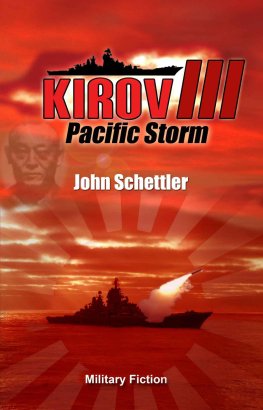
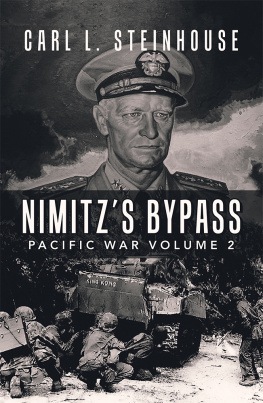
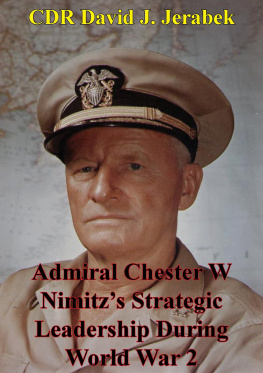
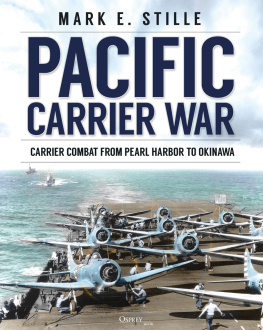
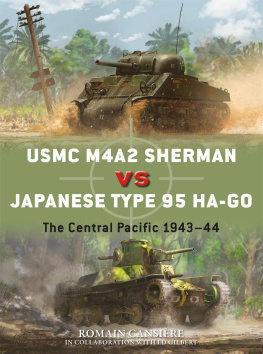
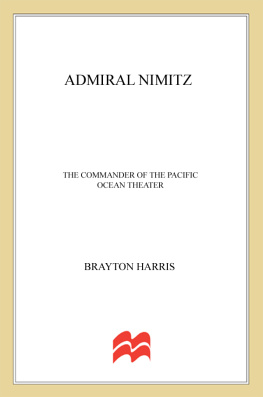
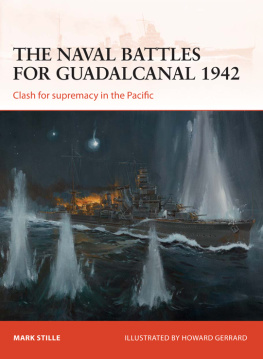
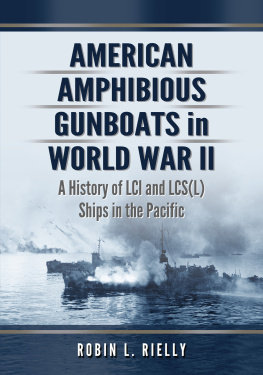

 This paper meets the requirements of ANSI/NISO z39.48-1992 (Permanence of Paper).
This paper meets the requirements of ANSI/NISO z39.48-1992 (Permanence of Paper).